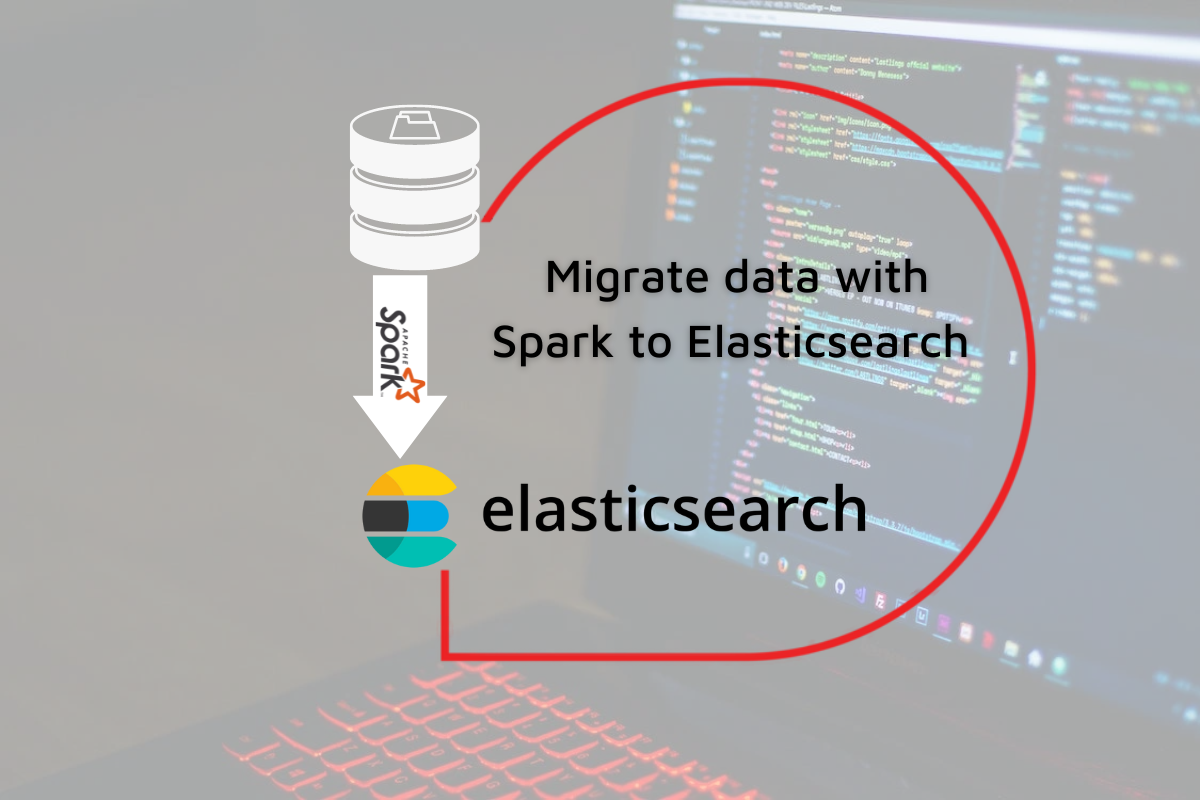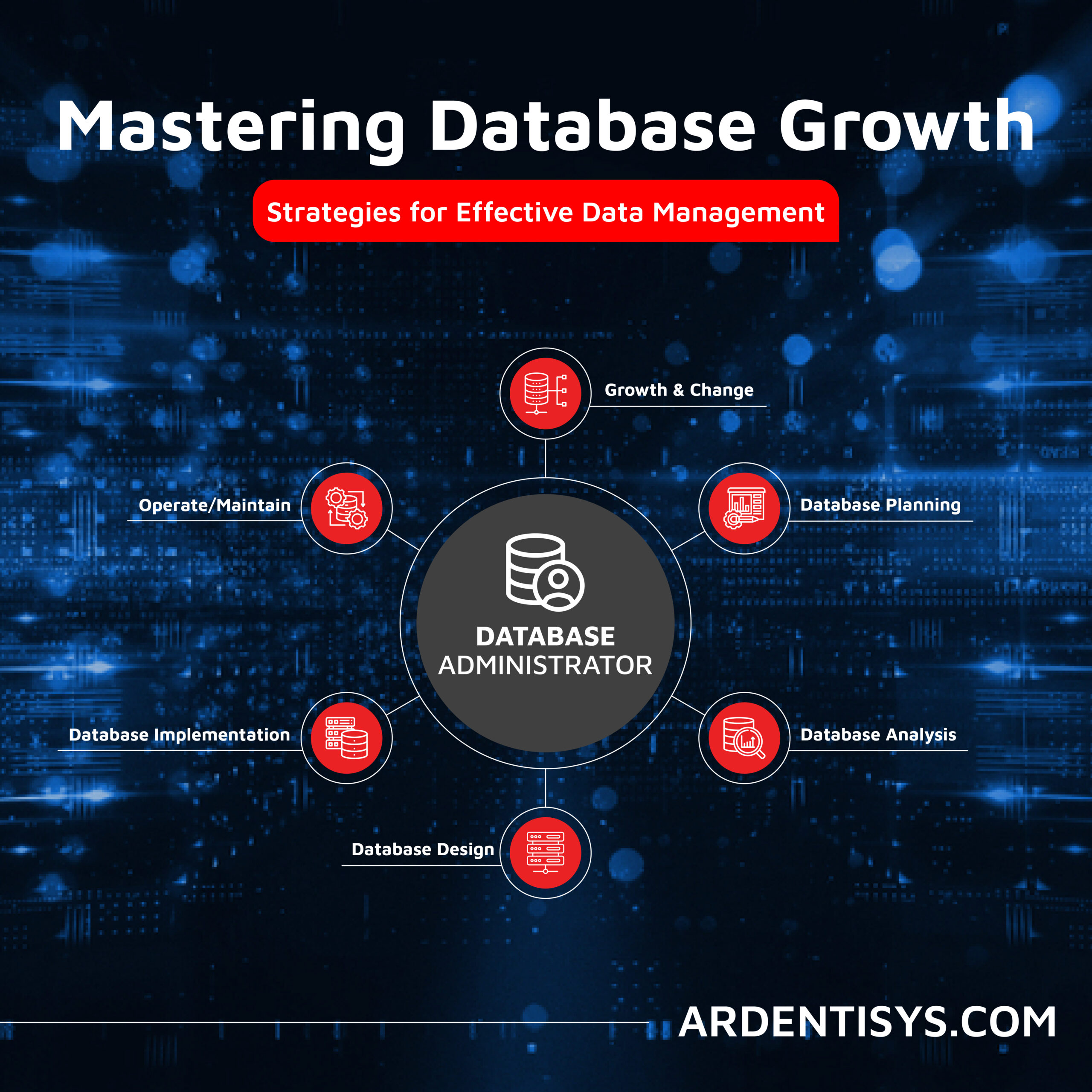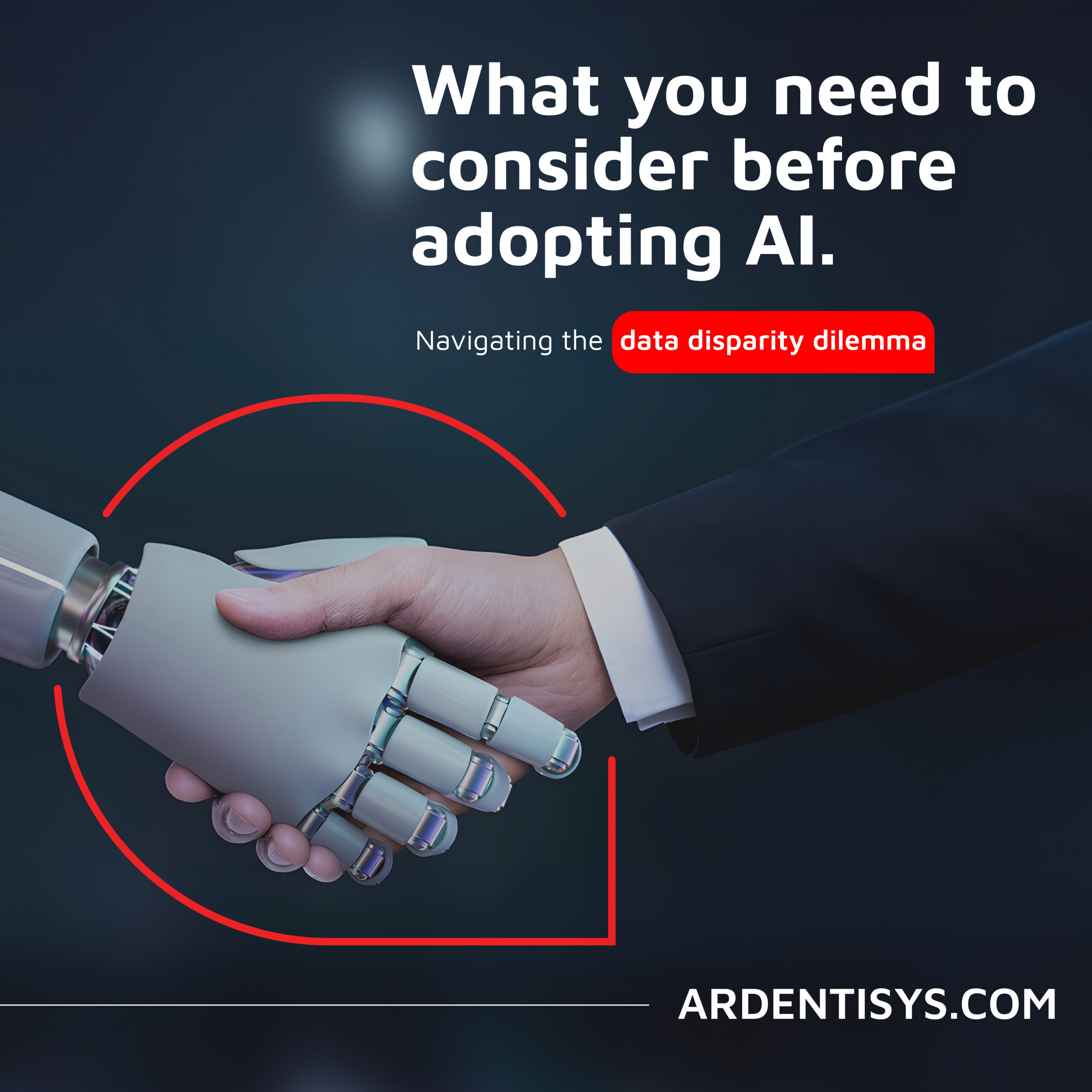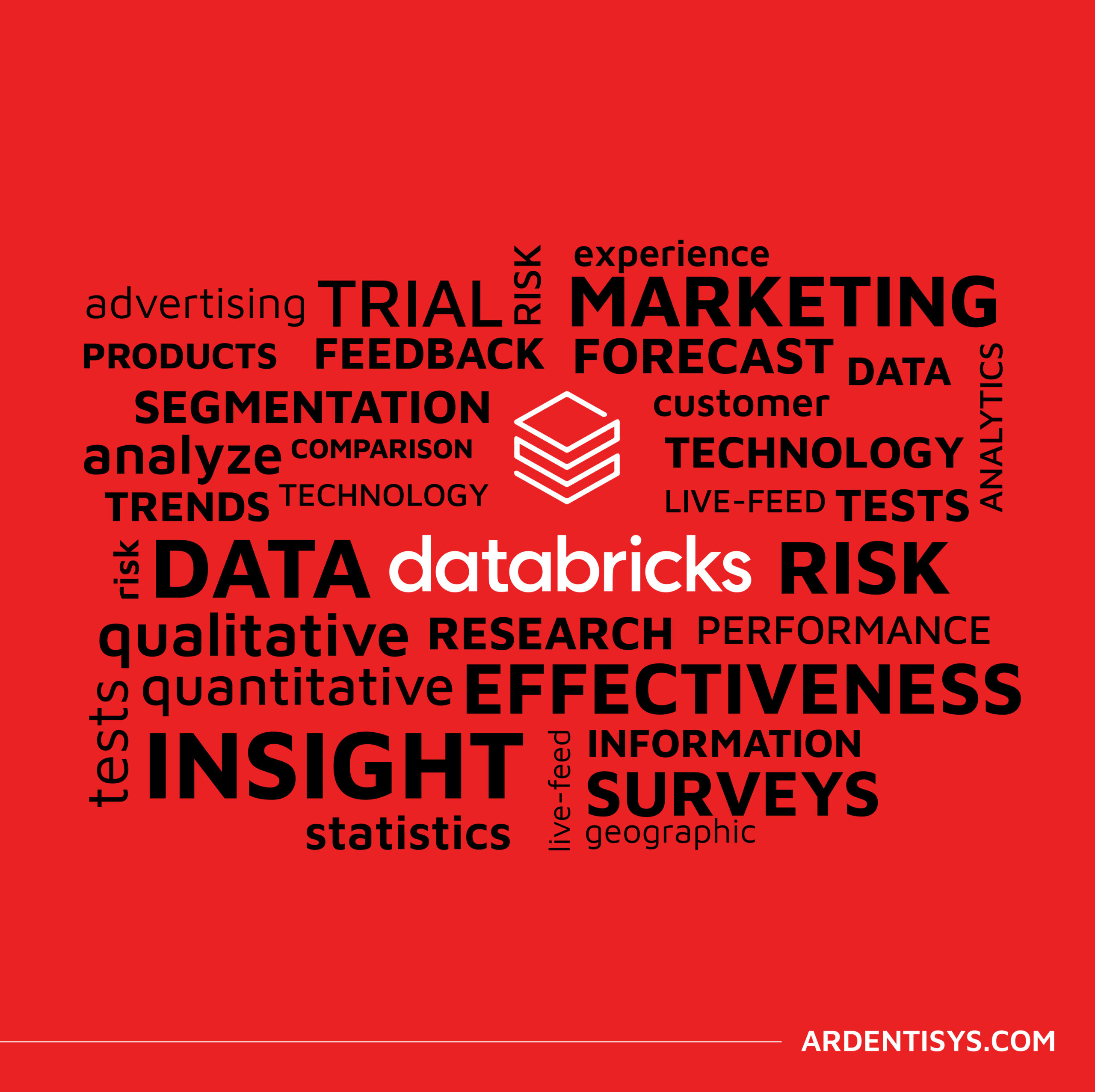Migrate data with Spark to Elasticsearch – What you need to know
3 February 2023 | Noor Khan

Migrating your data can be a challenging process, however, it can become a necessity. Organisations will migrate their data from one solution to another for multiple reasons including to reduce costs, improve performance or gain better flexibility. In this article, we will look at migrating data with Spark to Elasticsearch and if this is something you should consider for your data.
What is Spark?
Apache Spark is one of the leading data processing technologies employed to process large sets of data with speed and efficiency. It can be used as a part of data infrastructure within AWS, Google, Microsoft Azure and Databricks technologies. Apache Spark is used by some of the leading brands in the world including the likes of Apple, Facebook and Netflix.
Benefits of Spark
There are several benefits of using Spark and they include:
- The high processing speed of data – Especially when compared to other popular data processing technologies such as Hadoop, it is 100% faster.
- Easy to use – With over 80 APIs at hand, it is generally considered easy to use
- Advanced analytics – With these capabilities, it empowers organisations to drive data analysis and reporting
- Multiple programming languages – You can employ multiple programming languages including Python, Java, Scala and more.
- Open source – Spark is an open-source technology which has a great community that can help provide, support and assistance if required.
Limitations of Spark
There are some limitations of Spark which you need to consider and they include:
- Lack of automation – With many other technologies moving towards automation, Spark is yet to move toward code optimisation.
- File management – File management has to be carried out with other technologies as they are not provided with Spark.
- Steep learning curve – Although it is considered easy to use, there is a step learning curve to getting to grips with it.
What is Elasticsearch?
Elasticsearch is essentially a Database Management System that enables you to store, search and carry out analysis of large volumes of data quickly and efficiently. Elasticsearch has developed over time and has become of the leading technologies for data analysis and visualisation to drive Business Intelligence for organisations around the world. Some of the biggest brands that use Elasticsearch include Shopify, Uber and Slack.
Benefits of Elasticsearch
The benefits on offer with Elasticsearch include:
- Platform compatibility – It can run on almost any platform as it is developed in Java
- High speeds – Near real-time data speeds can be achieved with the data search
- Highly scalable – Due to its distributed document orientated, it can be easily scaled up
- Open source – As it is an open-source technology there are no licensing fees associated with it, making it a cost-effective solution.
Limitations of Elasticsearch
Some limitations of Elasticsearch to consider are:
- Learning curve – Although it has multiple benefits it does require expert skills to use the technology effectively.
- Hardware requirement – As you scale up, you may require hardware in order for the technology to perform at its peak potential which can be costly.
Migrating your data to Elasticsearch with Spark
When migrating data to Elasticseach data engineers will have to choose the right stack for the job. One of the most commonly used technologies is Spark. As discussed, Spark is a powerful technology which can be leveraged for data migration between Elasticsearch clusters.
How to ensure a successful migration
There are a number of factors to consider when it comes to successful data migration and they include:
- Outline goals and objective
- Choosing the right data migration strategies
- Selecting the right data migration technology
- Creating a detailed risk assessment
- Creating and communicating the budget
- Establishing a project timeline
- Robust testing measure
Read the full plan on how to plan your data migration.
Ardent data migration services
Ardent has delivered a wide variety of data migration solutions for multiple clients over the last decade. With a vast majority of data migrations doomed to fail, our expert engineers have established a robust process to ensure your data migration is carried out successfully within time and budget. If you are looking to migrate your data from Spark to Elasticsearch or from one cloud solution to another, we can help. Explore our data engineering success stories:
- Intelligent platform to automate information security using Elasticsearch
- Robust, scalable data pipelines with AWS infrastructure
- Managing and optimising 4 petabytes of client data
Get in touch to find out more to explore our data services.
Ardent Insights

Overcoming Data Administration Challenges and Strategies for Effective Data Management
Businesses face significant challenges to continuously manage and optimise their databases, extract valuable information from them, and then to share and report the insights gained from ongoing analysis of the data. As data continues to grow exponentially, they must address key issues to unlock the full potential of their data asset across the whole business. [...]
Read More... from Migrate data with Spark to Elasticsearch – What you need to know

Are you considering AI adoption? We summarise our learnings, do’s and don’ts from our engagements with leading clients.
How Ardent can help you prepare your data for AI success Data is at the core of any business striving to adopt AI. It has become the lifeblood of enterprises, powering insights and innovations that drive better decision making and competitive advantages. As the amount of data generated proliferates across many sectors, the allure of [...]
Read More... from Migrate data with Spark to Elasticsearch – What you need to know

Why the Market Research sector is taking note of Databricks Data Lakehouse.
Overcoming Market Research Challenges For Market Research agencies, Organisations and Brands exploring insights across markets and customers, the traditional research model of bidding for a blend of large-scale qualitative and quantitative data collection processes is losing appeal to a more value-driven, granular, real-time targeted approach to understanding consumer behaviour, more regular insights engagement and more [...]
Read More... from Migrate data with Spark to Elasticsearch – What you need to know






